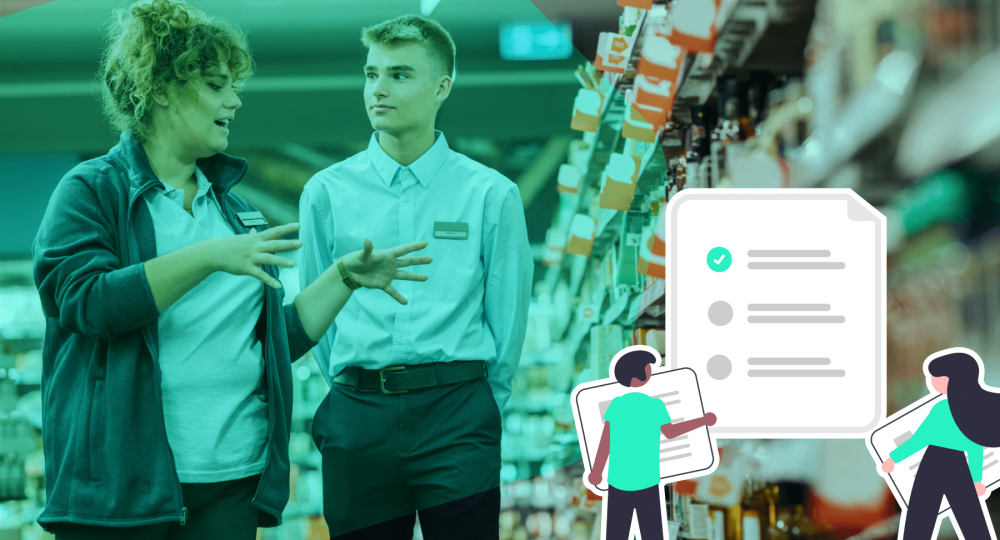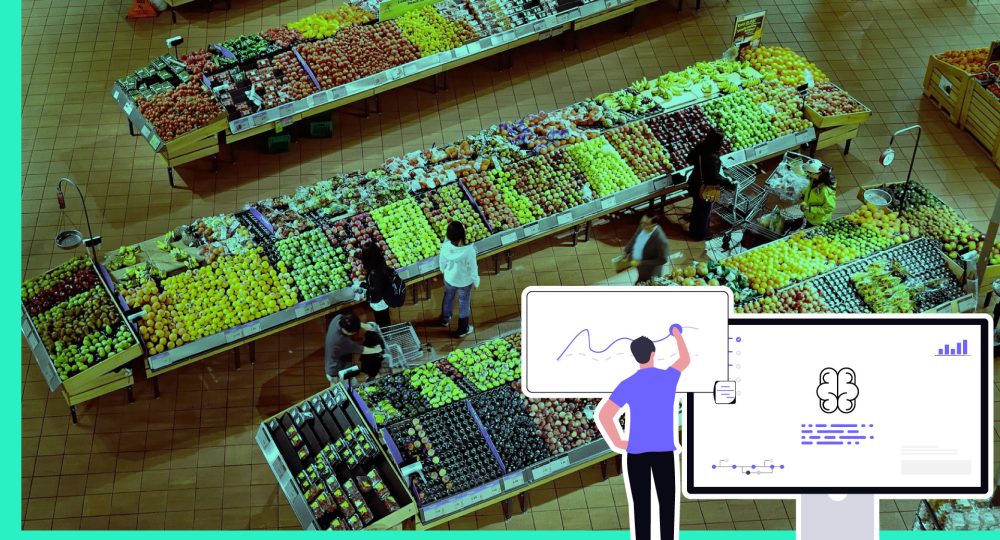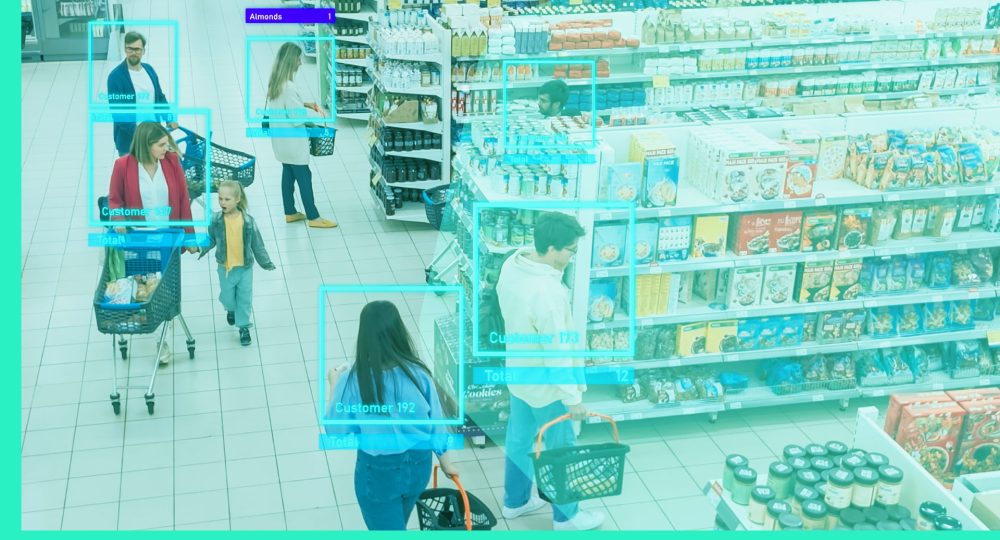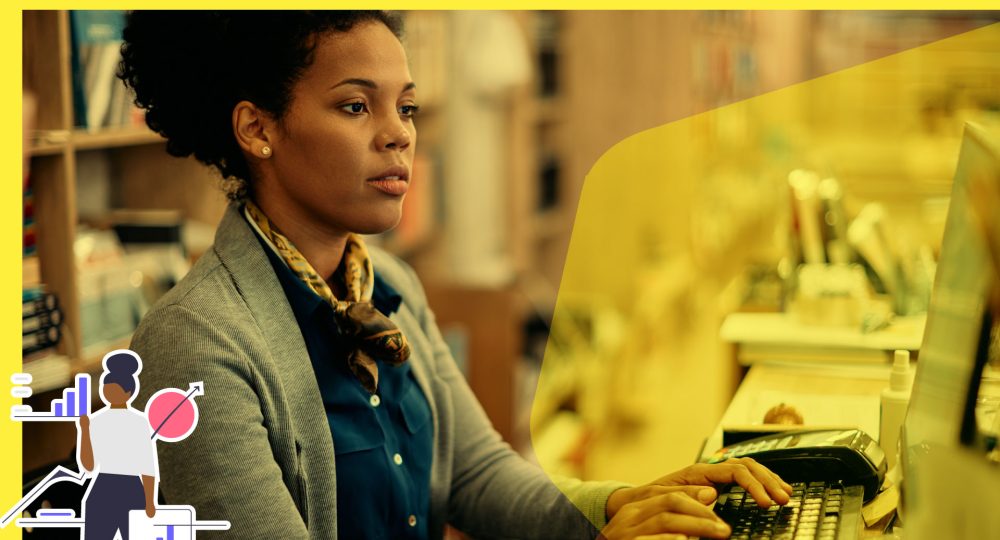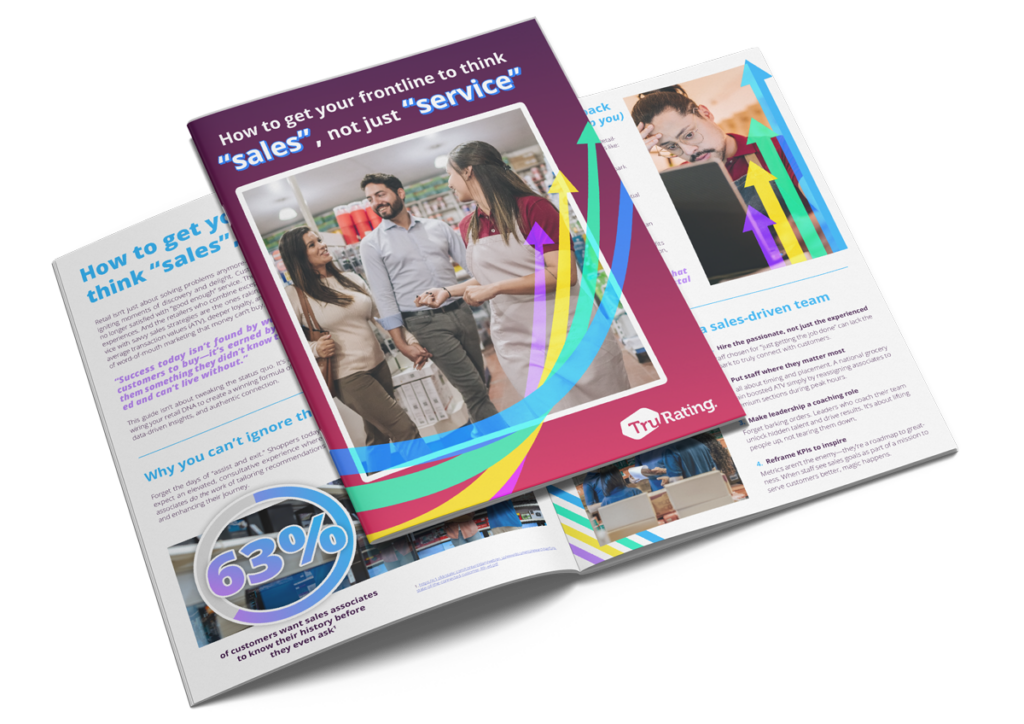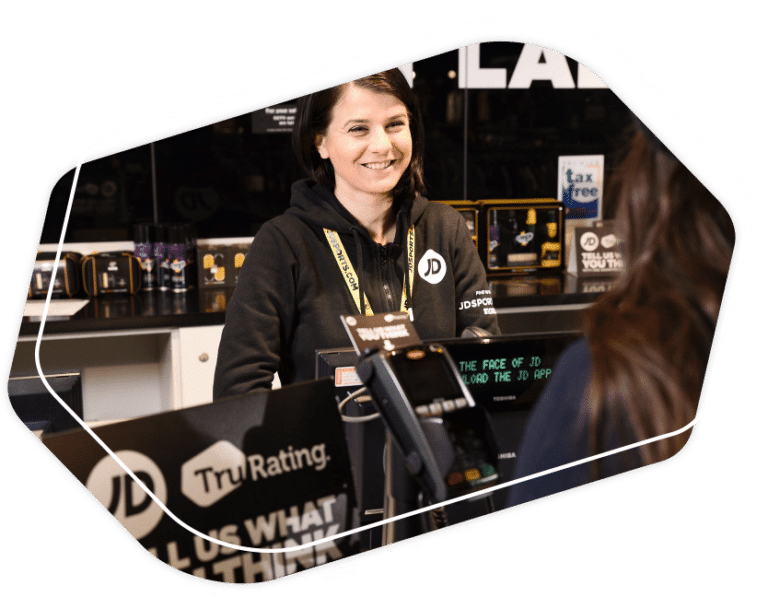This week, we were fortunate enough to speak to Brian Dennis, known throughout the country as the “the customer service guy”.
An internationally renowned CX innovator and forecaster, Brian has served as a Fortune 150 executive – most recently as VP Customer Experience at Kohl’s – alongside being the best-selling author of his newest book “If the Customer’s the Copilot, You’re in the Wrong Seat”.
Brian is one of the most requested keynote speakers on the topic of customer experience and we wanted to get to know a little more about how Brian got into CX, how the industry has evolved since he started, and where we’re heading next.
Hi Brian – thanks so much for finding the time to speak to us. To get things started, could you give us the abbreviated version of how you got into CX and ended up where you are today?
My passion for customer experience started at an early age when I was selling seeds in my neighbourhood. There was a man on our block who all of the kids were afraid of by the name of Mr. Groshack – think old man Marley from Home Alone. Anyway, he stopped me to buy a pack of seeds. A few months later he stopped me again and said the seeds never grew. Without hesitating, I reached into my pocket, took out a dime and gave it to him with the hope I would never run into him ever again. Fast forward to the following summer, I just began selling my seeds when Mr. Groshack stopped me and said he would buy them all. I never ever forgot his words – “I like the way you do business kid.”
Ever since then I’ve seen the rewards both personally and professionally that come when you treat people fairly and deliver a great service experience. I have continued to capture those learnings and am now happy to be in a position to share with others around the world.
Retail teams sometimes struggle when it comes to proving the immediate ROI of customer experience – do you have any advice for showing value to busy executive teams?
Great question. One of the biggest challenges I hear from CX professionals is how do I get the C-Suite to buy into my initiatives. They are passionate about their ideas and expected benefits but struggle to identify a hard return value. More simply, they struggle to get a budget approved because the ROI in most instances has not been quantitatively expressed. Soft benefits rarely work anymore. All the time and effort spent planning and designing a CX program will be for nought without an ROI that meets similar criteria to other areas within the business.
A formula I like to use is CX ROI = 100 X (Benefits – Investments) / Investments.
An example of a commonly used benefit would be revenue. For example, Forrester Customer Experience Index showed that the largest companies in select industries can earn up to hundreds of millions of dollars in incremental revenue for every one point of increase in Forrester’s Customer Experience Index (CX Index™). That’s a powerful metric and a great start. Other benefits such as customer satisfaction, margin improvements, retention, reducing customer service costs (remember – sometimes the best service is no service at all), loyalty increases and many more are now measurable components that allow you to formulate a return on investment.
Now, calculate the investments that are going to help you achieve the desired result e.g technology upgrades and development, training requirements, operating costs such as improving a mobile app… and you’ve got your ROI.
A recent client of mine was a call center who took over 3 million calls annually for a large retailer. They were able to identify almost 20% of their calls could have been avoided if the customer was just simply more aware of the self-help tools that were available to them and expand the offering to multiple platforms. So, the call center estimated they could reduce their calls at a cost of $6 each for a total cost savings of $3,600,000. They brought forward this ROI, got approval and over the course of the following year actually saved close to $4,000,000.
What is your take on the current landscape generally – do you believe in the feted ‘retail apocalypse’ or is that a misunderstanding?
Certainly, if one were to look at the last decade, you would hypothesize that a retail apocalypse is upon us. Heck, if you even looked at the 5800 store closures last year and compared that to the 5846 store closure announcements in just the first quarter of this year alone, one may be running for the hills. Let me give you one more stat – UBS is expecting the number of store closures to reach 75,000 by 2026.
So yes, the current landscape is changing and it’s changing fast. However, I don’t see a retail apocalypse but rather an industry that is navigating how best to compete both off and online. More specifically, how to blend these commerces into a unified customer experience that readily allows a very simple experience – on the customers’ terms.
“I don’t see a retail apocalypse but rather an industry that is navigating how best to compete both off and online.”
Despite the retail apocalypse chatter you read online and hear in the media, these closures are not necessarily bad. As I travel the country speaking on the topic of customer experience, most industry experts are in agreement that the US has too many stores. So, utilizing their stores to be more productive such as Click & Collect, Ship From Store and other revenue generating opportunities will be key in their survival. E-commerce is going to continue to grow at rapid speed. UBS, who I mentioned earlier, forecasts that e-commerce will account for 25% of all US retail sales by 2026 which is up from about 16% today.
It’s an exciting time as you are starting to see online players start to expand their businesses into offline. Look at Wayfair, the Boston based furniture retailer whose net revenue topped $2 billion in the 4th quarter last year, announcing its plans to open its first full-service retail store this fall. These businesses are getting smarter and testing the customer experience in pop-up shops in advance before spending large capital dollars on a physical store presence.
And it’s not just Wayfair pursuing this true omnichannel experience. Amazon, Rent the Runway, Casper, Madison Reed & others are now piloting these into these brick-and-mortar footprints. In fact, where I live in Milwaukee, TripAdvisor is opening up a store in our airport later this year.
I would say it’s one of the most exciting times I have seen to be in retail, but also one that requires an incredible conviction to keep the customer front and centre in the planning of every experience you are trying to deliver.
In your view, how have customer expectations ‘changed’ in recent years – are people harder to please?
Absolutely, customer expectations continue to climb and the ladder to please them is raised every day. You almost have to assume that customers are not going to be satisfied tomorrow by the same offerings as today. Customers now operate in this real-time digital and always-on world. As a result, their expectations continue to rise. In a recent survey released in 2018, nearly two thirds (59%) of survey respondents had higher expectations for customer service than they did just a year ago. That same 59% of respondents have also used 3 or more channels to get their questions answered and that’s why it’s important for businesses to convert multiple touchpoints into a single seamless experience. But the good news is they continue to value great service and those businesses that can deliver on that will be rewarded.
“Customers now operate in this real-time digital and always-on world. As a result, their expectations continue to rise.”
A trend that I am starting to see growing in importance, is customers are now demanding more than ever before that their issues get resolved in a single interaction. In many surveys, it can be the single most important aspect of them rating an experience as good and themselves as more loyal. With video chat, social, co-browse, AI agents and converging in-store and online technology, customers now have a greater choice of servicing their needs on their terms than at any other time.
Ok, so what’s next in retail?
A leaner, meaner and faster retail is what’s next. Seriously, you are already seeing major shifts in department superstores with the likes of Kohl’s, Target, Walmart and Nordstrom’s all experimenting with smaller store formats. Ironic as it sounds, retailers are coming up with smaller footprints to help their growth.
But perhaps the biggest change to happen in retail will be that (AI) Artificial Intelligence will become real. I am already witnessing prescriptive analytics finally overtaking predictive analytics, eliminating any opening for decisions based on intuition – which can never keep up with the changing speed of technology and customers. A barrage of voice-activated devices shipping to consumers is changing how they choose to shop and which brands they want to engage with.
Think about this, next year, up to 50% of Search is expected to be accomplished through Voice. What’s game-changing about AI, is that Search will be entirely up to the owner of the eco-system to decide the results. Specifically, Voice will turn e-commerce into a very unfair winner advantage for those who dominate the space. Think Amazon – already this year, more than 60% of Alexa’s results were generally found to be biased. Retailers are recognizing these challenges are finally embracing the need to compete with AI at the very front of this strategy.
A huge thank you to Brian for taking the time to speak to us, if you’d like to reach out to him for more information about what he’s up to email him directly or via his website.
For more CX thoughts from Brian, why not purchase a copy of “If the Customer’s the Copilot, You’re in the Wrong Seat“.
That’s a wrap from us for the immediate future for the CX Icon series. It’s been a blast for us and we hope you’ve enjoyed it too. Fear not, we will be back soon with more from some of the best minds working in retail today, till then, stay Tru!


